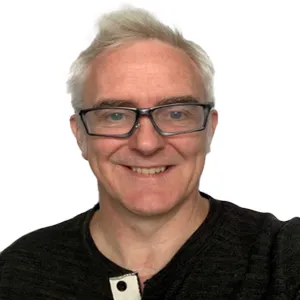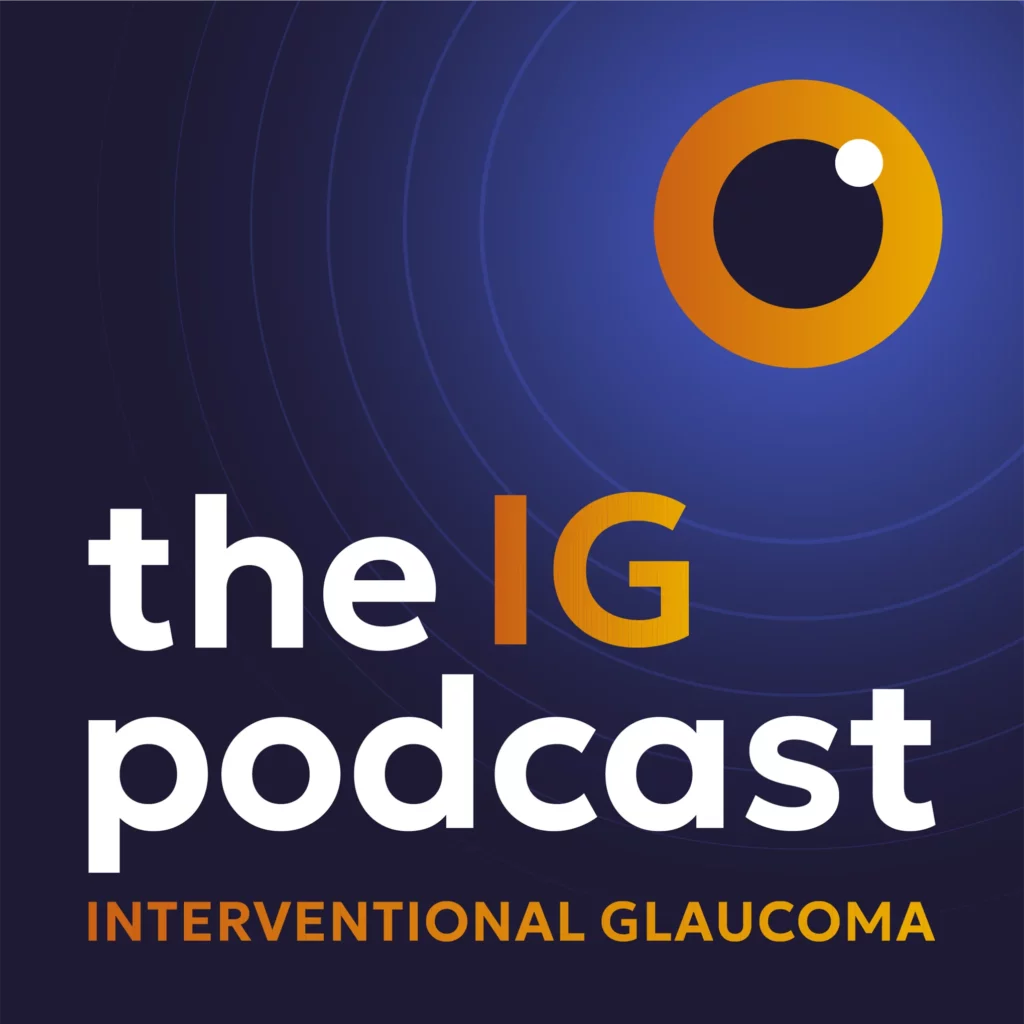If the basic concept that impairment in aqueous humor outflow results in elevation of the IOP is a central tenet of glaucoma pathology and treatment, what three facts should all ophthalmologists know about aqueous humor dynamics? Dr. Ike Ahmed and Professor Gus Gazzard sit down with Professor Carl Sheridan to answer this question. They highlight the clinical implications of understanding these dynamics while emphasizing the importance of early intervention and tissue preservation.
The Interventional Glaucoma Podcast
Episode 4: Three Facts ALL Ophthalmologists Should Know About Aqueous Humor Dynamics
- 11 March 2024
Key Takeaways
- Aqueous Outflow: Understanding the complex mechanisms that regulate aqueous humor circulation is essential for improved management of glaucoma. Aqueous humor is produced through cellular processes and up to 96% of it drains through the trabecular meshwork into the Schlemm’s canal and then into the episcleral veins. The non-conventional outflow pathway of aqueous humor includes drainage through the uveoscleral.
- Resistance to Outflow: The majority of resistance to outflow occurs at the juxtacanalicular tissue (JCT) adjacent to Schlemm’s canal. In both glaucoma patients and the aging population, collagen beams which give porosity become thicker, reducing the size of the gaps through which aqueous flows, and the structure of the TM itself gets thinner. There is a reduction in the number of cell and the remaining cells become less functional with less vacuoles to move aqueous humor across.
- Searching for Answers: It is questioned why, in some cases, even after TM removal, there is no pressure change. This may be due to the loss of a symbiotic relationship between TM cells and distal outflow channels or the loss of the elastic property of the TM and its pulsatile movement, both of which normally influence outflow physiology.
- The Importance of Science: Integrating insights from basic science into clinical practice can enhance surgeon understanding of diseases and lead to more effective interventions.
- Diurnal Variation: It is important to understand basic physiology before choosing a treatment. For example, aqueous production is much less at night, and ophthalmologists should steer clear of nocturnal nighttime beta blocker use.
- Segmental Flow: Aqueous outflow is believed to be segmental with different-sized outflow channels. More research is needed to have a better understanding, but the concept should be considered when choosing a therapy for patients.
Guests

Dr. Ike Ahmed
Dr. Ike Ahmed is a world-renowned glaucoma, cataract, and anterior segment surgeon with a practice focus on the surgical management of glaucoma, complex cataract surgery, and intraocular lens complications. He is board-certified in ophthalmology in Canada and the USA and is an active member of numerous national and international societies.

Prof. Gus Gazzard
Professor Gus Gazzard is Director of Surgery at Moorfields Eye Hospital and Professor in Ophthalmology, Glaucoma Studies at UCL London. He has joined the Glaucoma Research Society as one of the top 100 glaucoma researchers in the field and is leading author of multiple publications on MIGS surgery.

Prof. Carl Sheridan
Professor Carl Sheridan is an internationally-renowned cell biologist with an interest in ocular wound healing and cell transplantation therapies for numerous sight threatening conditions. He is senior lecturer in ocular cell transplantation at the Department of Eye & Vision Sciences at the University of Liverpool. He is a full-time academic and has published and reviewed for numerous ophthalmology scientific journals.
Additional Resources
Follow Dr. Ike Ahmed on social:
Dr. Ike Ahmed | LinkedIn
Dr. Ike Ahmed | Instagram
Follow Prof. Gus Gazzard on social:
Prof Gus Gazzard | LinkedIn
Follow Prof. Carl Sheridan on social:
Prof Carl Sheridan | LinkedIn
Episode 15: Are Patients Really Happier After Glaucoma Surgery?
In this episode, Mr Gok Ratnarajan welcomes Drs Ana Miguel, Karl Mercieca, and Jose Belda to explore whether glaucoma surgery truly improves patient well-being, drawing on anonymized cases and personal
Episode 14: Managing Expectations: What really matters to patients
In this episode, Professor Ike Ahmed welcomes Dr. Ticiana de Francesco, Dr. Nathan Radcliffe, and Dr. Mark Gallardo to discuss goal setting in interventional glaucoma care.
Episode 13: ELIOS – What I learned from my first 100 cases (Part 2)
In this second episode of a special two-part series on the Interventional Glaucoma Podcast, host Gok Ratnarajan is joined by Anselm Juenemann, Dan Lindfield, Jose Belda, and Nils Loewen to
